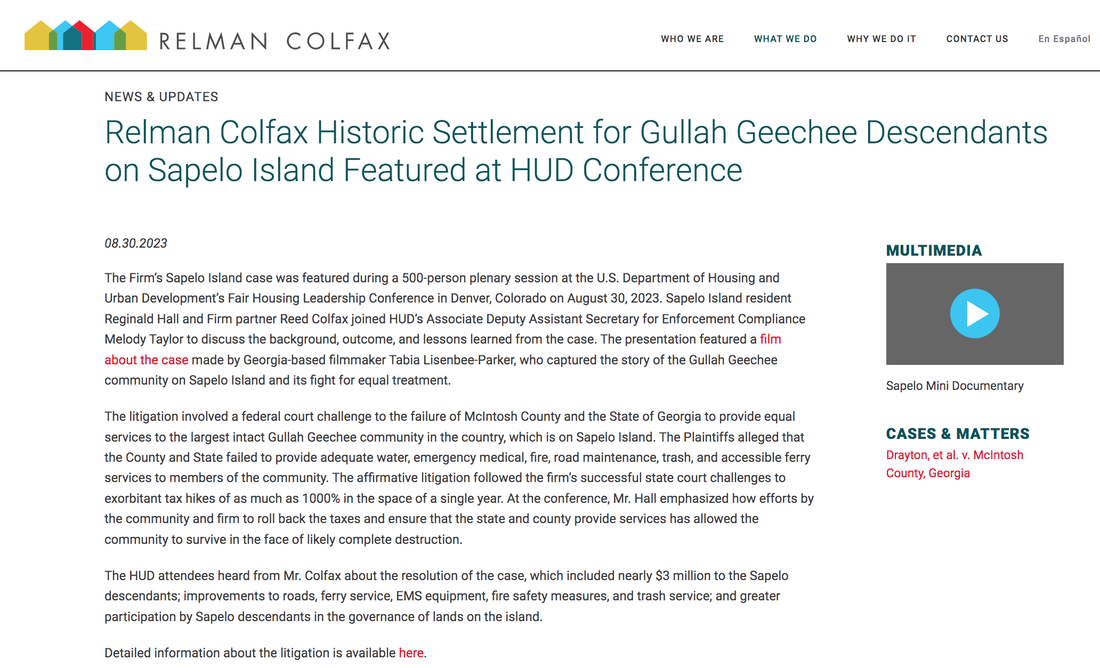Sapelo ancestral land trust
HELP ORG INC seeks to improve the quality of life of in-place residents by mobilizing its community-driven land trust program,
Sapelo Ancestral Land Trust, affectionately called SALT by its Members.
SALT's mission is to organize the community's power for self-determination!
A community land trust (CLT) is a nonprofit corporation that develops and stewards permanently affordable housing, community gardens, civic buildings, commercial spaces and other community assets on behalf of a community. “CLTs” balance the needs of individuals to access land and maintain security of tenure with a community’s need to maintain affordability, economic diversity and local access to essential services.
Sapelo Ancestral Land Trust, affectionately called SALT by its Members.
SALT's mission is to organize the community's power for self-determination!
A community land trust (CLT) is a nonprofit corporation that develops and stewards permanently affordable housing, community gardens, civic buildings, commercial spaces and other community assets on behalf of a community. “CLTs” balance the needs of individuals to access land and maintain security of tenure with a community’s need to maintain affordability, economic diversity and local access to essential services.

